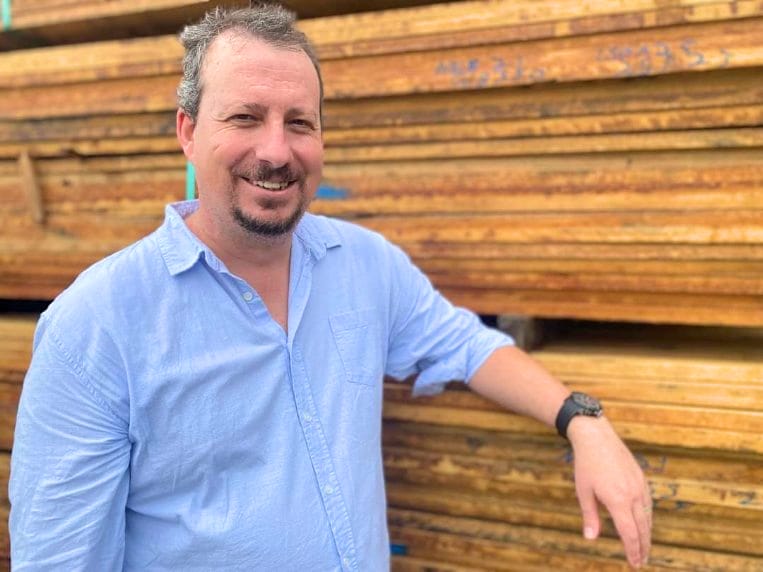Mark Banasiak, a member of the NSW Legislative Council (MLC), raised important issues about the conduct of the NSW Environmental Protection Authority regarding the recent Greater Gilder protocol. This protocol shut down the FCNSW operations state-wide.
His question – raised in NSW Parliament on June 18 – puts the NSW Government on notice that the recent Greater Gilder protocol issued by the NSW EPA was issued without legislative authority and is, therefore, null and void.
This makes the business losses of those who have been stood down because of this subordinate legislation fully compensable if the NSW Government is to operate in an appropriate and commercial manner.
Small business operators in the hardwood sector are pleased that one politician in Macquarie Street is listening and understands the issues.
Mr Banasiak initially asked a question of the Minister for the Environment, who clearly had no idea of the answer and did an old-fashioned filibuster.
This was most unlike the Minister’s usual polished political responses. All she had to say was she would take the question on notice. The question can be viewed here.
The second piece is where Mr Banasiak very clearly outlined the basis for his question. The relevant section in the issue of the Forestry Act 2012 NSW was introduced into the Act in 2018.
Without being too legalistic, the Note to the amendment to section 69N of the Forestry Act is helpful.
It bolsters Mr Banasiak’s position.
The relevant section is Item 25 of the Forestry Legislation Amendment Act 2018. The Note prepared to explain the amendment to the Forestry Act 2012 reads:
Make the necessary amendments so that integrated forestry operations approvals will no longer contain separate deemed licences to harm animals, plants or fish or to pollute water so that a single set of forestry rules can be made for public forestry operations that cover those matters and also administrative conditions of approvals.
This Legislative Note clearly shows that the Parliament sought to ensure that the integrated approval for forestry operations was a “one-stop shop.”
This is reinforced when all the amendments made in the amending legislation to the Biodiversity Conservation Act are tracked through.
Three pieces of NSW legislation regulate “animals, plants or fish or the pollution of water”.
These are all mentioned in the amendment.
Importantly, the Protection of the Environment Operations Act 1997 is mentioned, and it is this legislation that Mr Banasiak refers to. His question and Note recorded in Hansard spoke of the failure of the NSW EPA to follow the statutory procedures to make a protocol.
A protocol is, without doubt, a Protection of Environment Policy. The enabling legislation of the NSW EPA establishes this in the Protection of the Environment Operations Act 1997.
None of these statutory procedures has been followed by the NSW Public Service under the previous Coalition Government or the current NSW Government.
The 2018 amendment explicitly mentions protocols, codes, standards, or other instruments available from time to time that may be adopted by the Terms of Approval for public forestry.
The interesting question is whether any adoption of these instruments should be required to comply with the terms of the Forestry Act, which calls for 28 days of public consultation and Ministerial Consent by two Ministers.
Again, none of these statutory procedures has been followed by the NSW Public Service under the previous Coalition Government or the current NSW Government.
It appears it has all been too difficult for the NSW EPA, which once again has done what it wants.
The point has been made before this NSW agency was without independent review by the NSW Parliament, and maybe it was time for it to be. It should also be noted that none of the NSW EPA’s actions are reviewable by NCAT.
Maybe it’s time measures were introduced into the NSW EPA legislation, the Protection of the Environment Administration Act 1991, and the Protection of the Environment Operations Act 1997.





